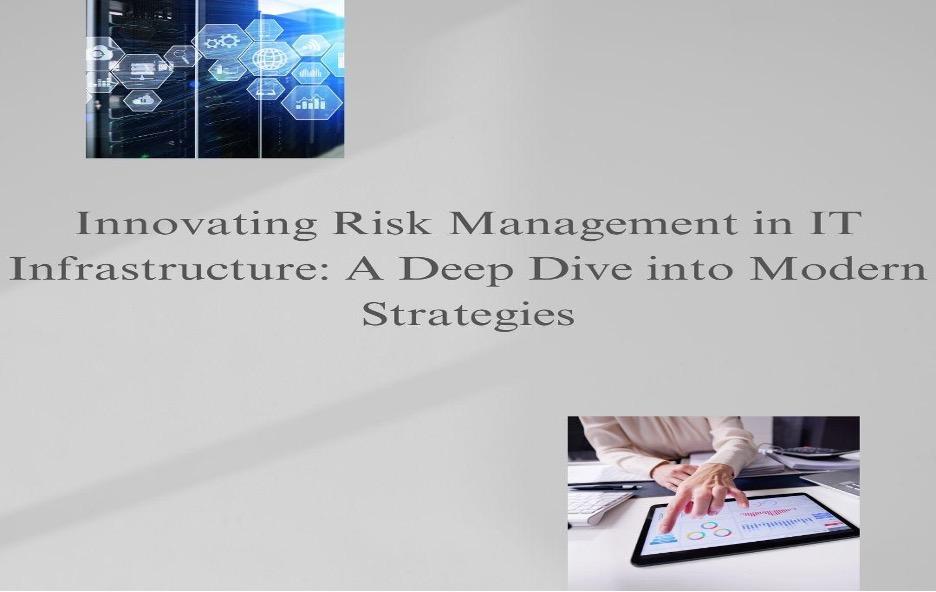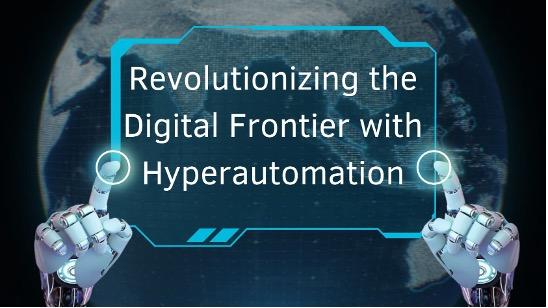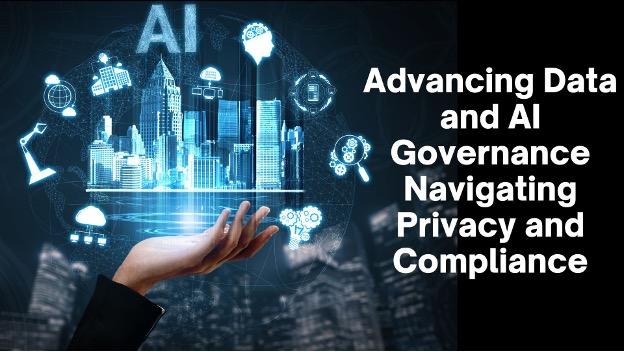In today’s increasingly digital world, IT infrastructures face numerous cybersecurity threats, ranging from advanced persistent threats to insider attacks. Siva Prasad Ponnuru explores these challenges in his comprehensive analysis of risk management in IT infrastructures. His work sheds light on innovations like automated threat detection systems and zero-trust architectures, transforming how organizations respond to cybersecurity risks.
AI-Driven Risk Management: A Game Changer
The risk management landscape has transformed dramatically, with AI technologies leading the charge. Recent studies reveal that machine learning-based frameworks enhance risk prediction accuracy by 81%, marking a substantial improvement in threat management. These AI-driven systems analyze massive datasets in real time, enabling rapid threat detection and mitigation. By anticipating risks before they materialize, organizations shift from reactive to proactive strategies, staying ahead of dynamic, ever-evolving threats and fortifying their overall security posture effectively.
Automated Threat Detection: Speed and Precision
Automated threat detection revolutionizes cybersecurity by achieving 96.8% accuracy in identifying vulnerabilities and enabling real-time responses. With 91% of network traffic encrypted, these systems streamline risk identification, reducing manual monitoring efforts while improving detection rates. This proactive approach enhances organizational resilience, ensuring robust protection against evolving threats in an increasingly complex digital landscape.
Zero-Trust Architectures: Strengthening Security
Zero-trust security models are integral to modern cybersecurity frameworks. Based on the principle of “never trust, always verify,” these architectures significantly reduce breach costs, with studies showing a potential savings of $1.27 million. By continuously verifying every request, they mitigate the risks associated with trust-based vulnerabilities. Additionally, incorporating multi-factor authentication (MFA) within these systems decreases unauthorized access by nearly 99.5%, further enhancing security.
Zero-trust frameworks play a vital role in minimizing attack surfaces and safeguarding environments against both internal and external threats.
Enhancing Threat and Vulnerability Assessment
Effective vulnerability management is vital for robust IT security. Modern scanning tools have demonstrated a 96.8% detection rate for vulnerabilities, processing large volumes of data and identifying critical issues in real time. The integration of machine learning in configuration assessments has significantly improved the detection of misconfigurations, a common factor in data breaches. With a 98.2% accuracy rate, organizations can proactively address vulnerabilities before they escalate into major threats.
These advancements in threat and vulnerability assessments enable organizations to identify and mitigate risks effectively, strengthening their overall security posture.
The Role of Leadership in Cybersecurity
Implementing advanced cybersecurity strategies requires strong leadership and governance. Organizations with dedicated Chief Information Security Officers (CISOs) have been shown to achieve a 68% reduction in breaches, underscoring the critical role of executive oversight in successful security frameworks.
Research also indicates that companies allocating a significant portion of their IT budgets to cybersecurity report fewer breaches and faster response times. Prioritizing cybersecurity at the executive level is essential to safeguard against the increasing complexity of modern threats.
The Future of IT Risk Management
As cyber threats grow more sophisticated, the need for robust risk management systems has become more critical than ever. Advanced technologies like AI, automated detection, and zero-trust models are emerging as central components in protecting IT infrastructures. With the increasing adoption of hybrid cloud environments and the handling of vast amounts of encrypted data, these innovations are essential for mitigating risks and strengthening security.
In conclusion, Siva Prasad Ponnuru’s work highlights the transformative impact of comprehensive risk management strategies on IT security. By leveraging AI-driven technologies, automated detection, and zero-trust frameworks, organizations are better equipped to manage and mitigate cybersecurity risks. His findings show that proactive, integrated risk management approaches lead to improved security outcomes, cost reductions, and business continuity, helping organizations remain resilient in the face of evolving threats.







